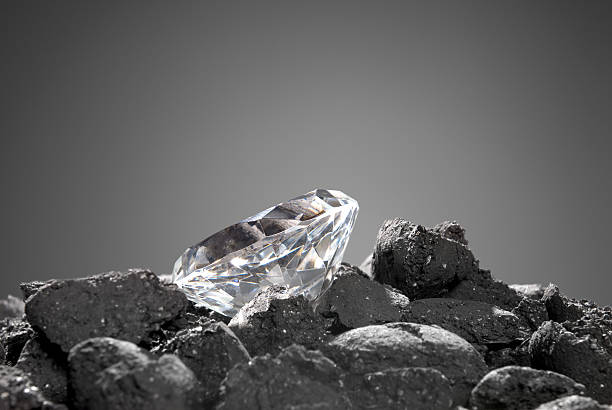The Art and Science of Lab-Grown Diamonds
0 comments
SHOP BY STYLE ✧
SHOP BY SHAPE ✧
![]()
![]()
![]()
![]()
![]()
METAL COLOR ✧
WEDDING BANDS
SHOP BY STYLE ✧
![]()
![]()
![]()
SHOP BY STONE ✧
SHOP BY METAL ✧
JEWELRY FOR THE BIG DAY
NECKLACES ✧
EARRINGS ✧
BRACELETS ✧
Engagement ✧
SHOP BY SHAPE ✧
![]()
![]()
![]()
![]()
![]()
![]()
SHOP BY COLOR ✧
SHOP BY CATEGORY✧

SHOP BY CATEGORY✧
SHOP BY OCCASION✧
SHOP BY PRICE✧

Birthstone Jewelry

In the heart of modern gemology, a revolution unfolds, blending the artistry of jewelry design with the precision of scientific innovation. Cultured diamonds, also known as lab-grown or synthetic diamonds, have emerged as the embodiment of this fusion, offering a sustainable and ethical alternative to their mined counterparts. This article delves into the meticulous design and laboratory cultivation process behind these marvels of human ingenuity, providing a professional and authoritative insight into the world of cultured diamonds.
The journey of a cultured diamond begins with an innovative process that mirrors the Earth’s natural diamond formation, yet occurs under the watchful eyes of scientists in state-of-the-art laboratories. The two predominant methods for cultivating diamonds are High Pressure High Temperature (HPHT) and Chemical Vapor Deposition (CVD), each with its unique approach to mimicking the extreme conditions necessary to transform carbon into a crystalline diamond.
The HPHT process replicates the natural conditions deep within the Earth’s mantle, where high pressure and high temperature combine to form natural diamonds. Starting with a small diamond seed, typically a natural or previously cultured diamond, the seed is placed in a carbon-rich environment. The apparatus is then subjected to temperatures exceeding 1,400°C and pressures above 5 GPa. Under these conditions, the carbon melts and begins to crystallize around the seed, gradually growing into a diamond.
The Chemical Vapor Deposition approach takes a different tact. It starts with a thin diamond seed placed inside a vacuum chamber. The chamber is then filled with a carbon-containing gas, such as methane, and the gas molecules are energized using microwave beams, breaking them apart. The carbon atoms precipitate onto the diamond seed, layer by layer, allowing the diamond to grow vertically and horizontally.
One of the most compelling aspects of cultured diamonds is the ability to influence their color and clarity, characteristics that are largely left to chance in natural diamonds. Advances in cultivation technology have made it possible to produce diamonds that range from colorless to various hues, including rare pinks and blues, with remarkable clarity.
Color Control: During the CVD process, controlling the introduction of certain gases can influence the diamond’s color. For example, the absence of nitrogen can produce colorless diamonds, while the introduction of boron can create beautiful blue diamonds.
Clarity Improvement: Clarity, or the absence of internal and surface imperfections, is enhanced through careful control of the cultivation environment. Advanced techniques also allow for the treatment of diamonds post-growth to remove or reduce imperfections, thus improving clarity.
Once the cultivation process is complete, the rough diamonds undergo the same rigorous cutting and polishing process as mined diamonds. This is where the artistry of diamond crafting truly shines, as each diamond is carefully sculpted into shapes that maximize its inherent beauty, brilliance, and fire.
Beyond their aesthetic and physical resemblance to mined diamonds, cultured diamonds represent a shift towards sustainability and ethical responsibility in the jewelry industry. They offer a clear traceability that mined diamonds often lack, ensuring consumers that their choice supports environmental preservation and ethical labor practices.
The creation of cultured diamonds is a testament to human ingenuity’s capacity to mimic and even enhance nature’s most precious gifts. As the technology behind lab-grown diamonds continues to evolve, so too does the potential for more sustainable, ethical, and accessible luxury. Cultured diamonds not only offer a compelling alternative to traditional gemstones but also pave the way for a future where beauty and responsibility go hand in hand.

